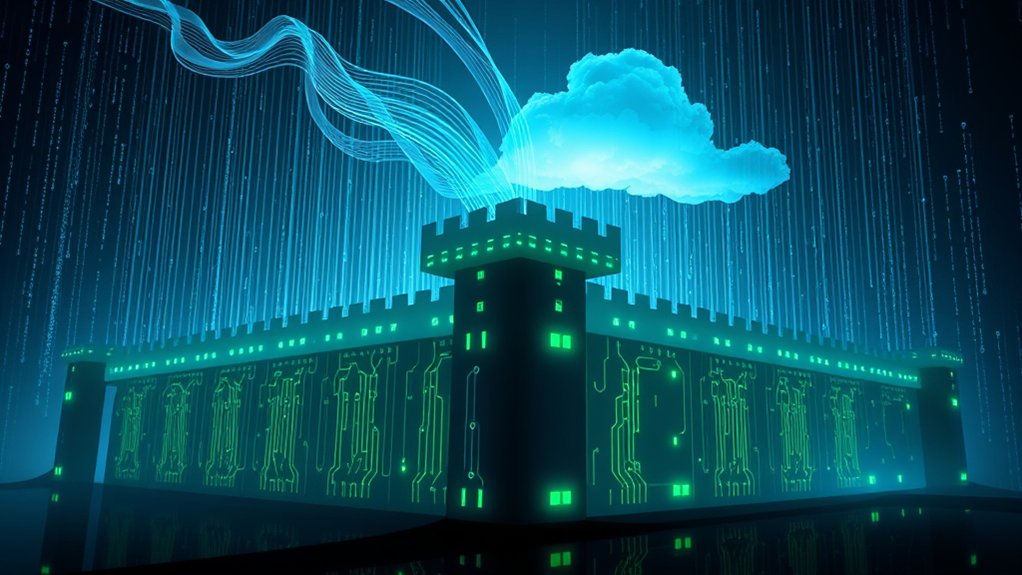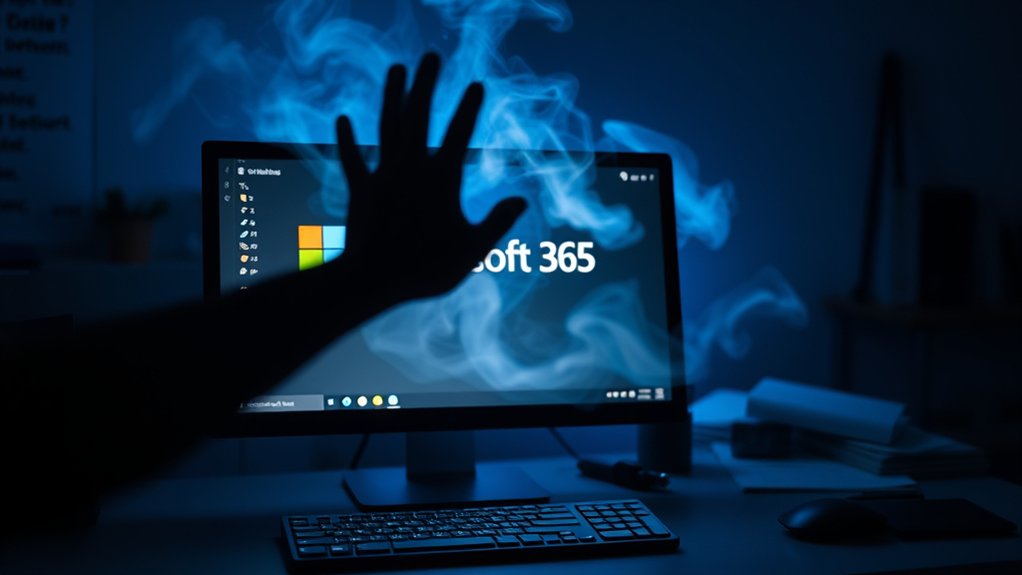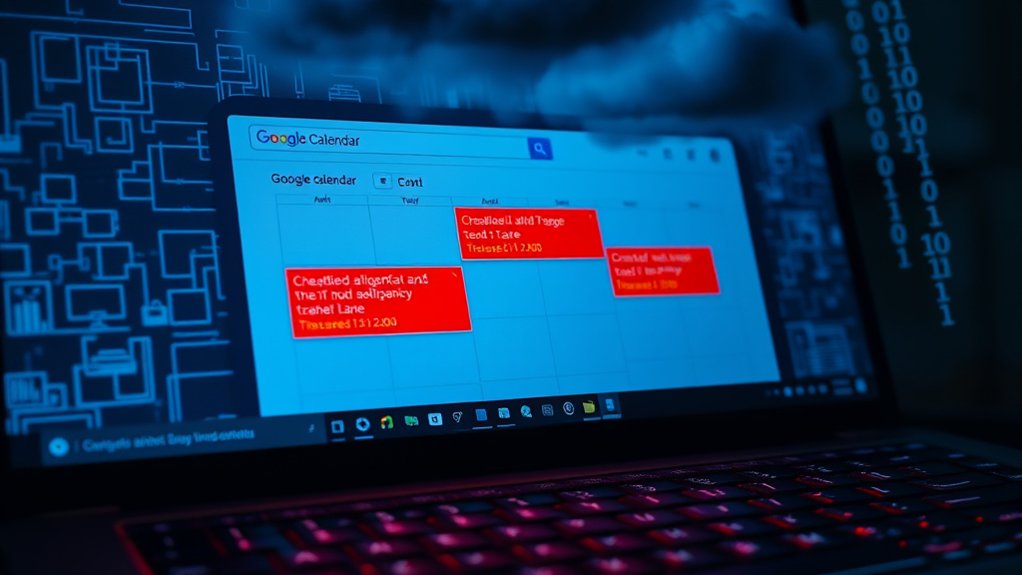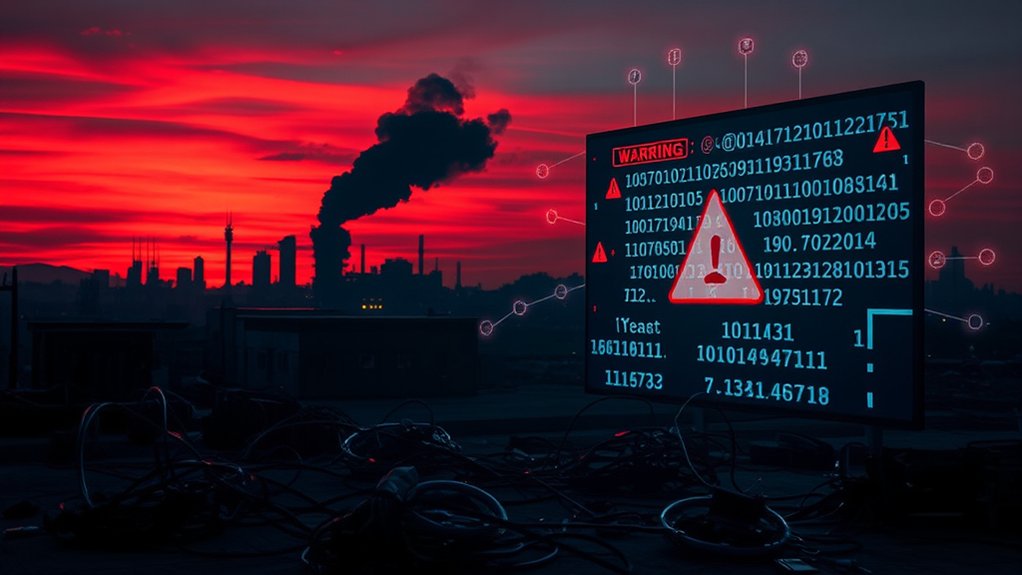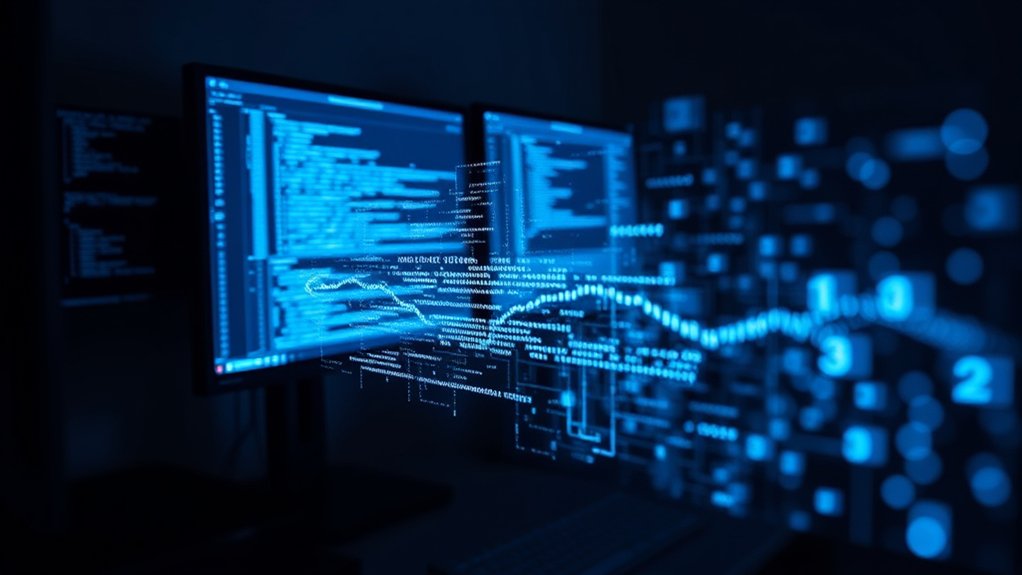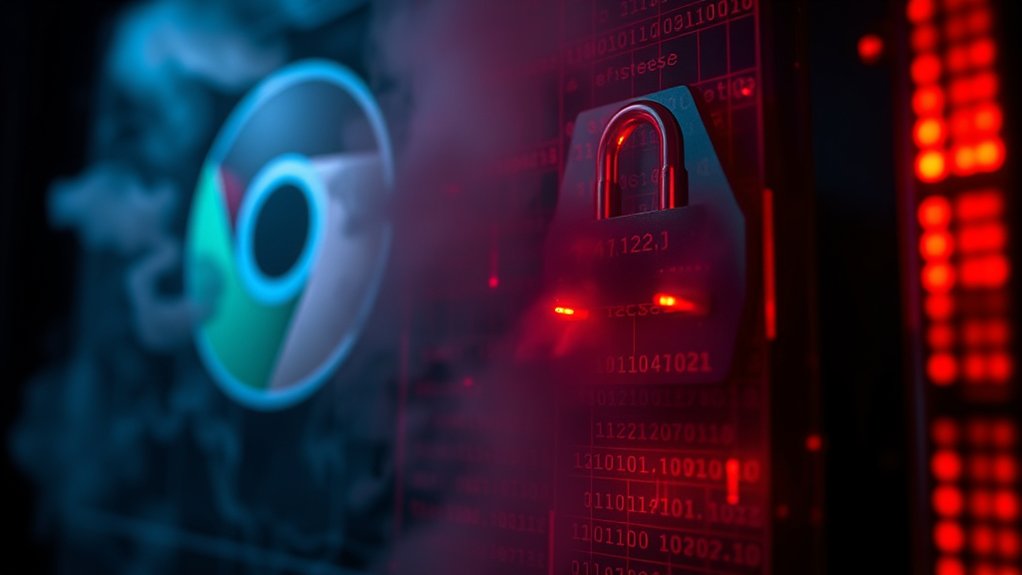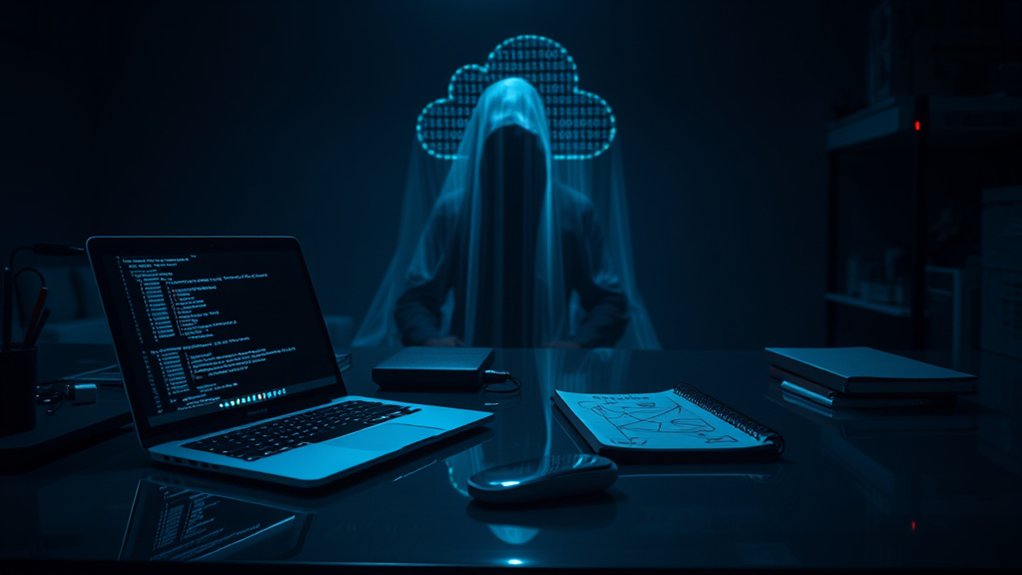Elite Chinese hackers coordinated a complex cyber offensive targeting SentinelOne, a prominent cybersecurity firm, as part of a wider campaign aimed at over 70 organizations globally. Linked to state-sponsored groups such as APT15 and UNC5174, these attackers employed sophisticated methods to infiltrate high-value targets, particularly within the defense, logistics, and media sectors. Observations of this activity indicated a timeframe from July 2024 to March 2025.
The attack utilized the notorious ShadowPad malware, aiming to establish long-term access to compromised systems. The strategy featured a supply chain assault executed via an IT services and logistics firm associated with SentinelOne, ultimately compromising network devices like Check Point gateways and Ivanti Cloud Service Appliances. Analysts noted that communication with ShadowPad’s command and control servers emanated from various compromised servers, revealing the thorough nature of the infiltrative measures employed.
Despite the attackers’ slow and deliberate approach designed to minimize detection, SentinelOne’s strong defenses proved effective. The firm reported no successful breach of its systems, relying on its advanced endpoint protection capabilities to detect reconnaissance and lateral movement attempts. This proactive stance allowed SentinelOne to maintain visibility within its network, a vital factor in thwarting the incursions. Additionally, this incident has increased risk of supply chain exploitation emphasized the necessity for enhanced security measures across the industry.
The overall impact of this cyber offensive extended beyond SentinelOne, affecting numerous entities in sectors such as government, telecommunications, media, finance, manufacturing, and research. The wide scope of these campaigns underscored the strategic objectives of the cyber actors, highlighting the global implications of their actions.
Meanwhile, the company’s threat analysis division, renowned for its expertise, provided critical assessments of the tactics employed by the attackers.
Eventually, SentinelOne’s defensive measures not only mustered protection against unauthorized access but additionally reinforced its position in safeguarding critical infrastructure for large enterprises worldwide. The coordinated assault on SentinelOne serves as a reminder of the persistent threats facing cybersecurity firms and the ongoing need for vigilance in an increasingly digital environment.
